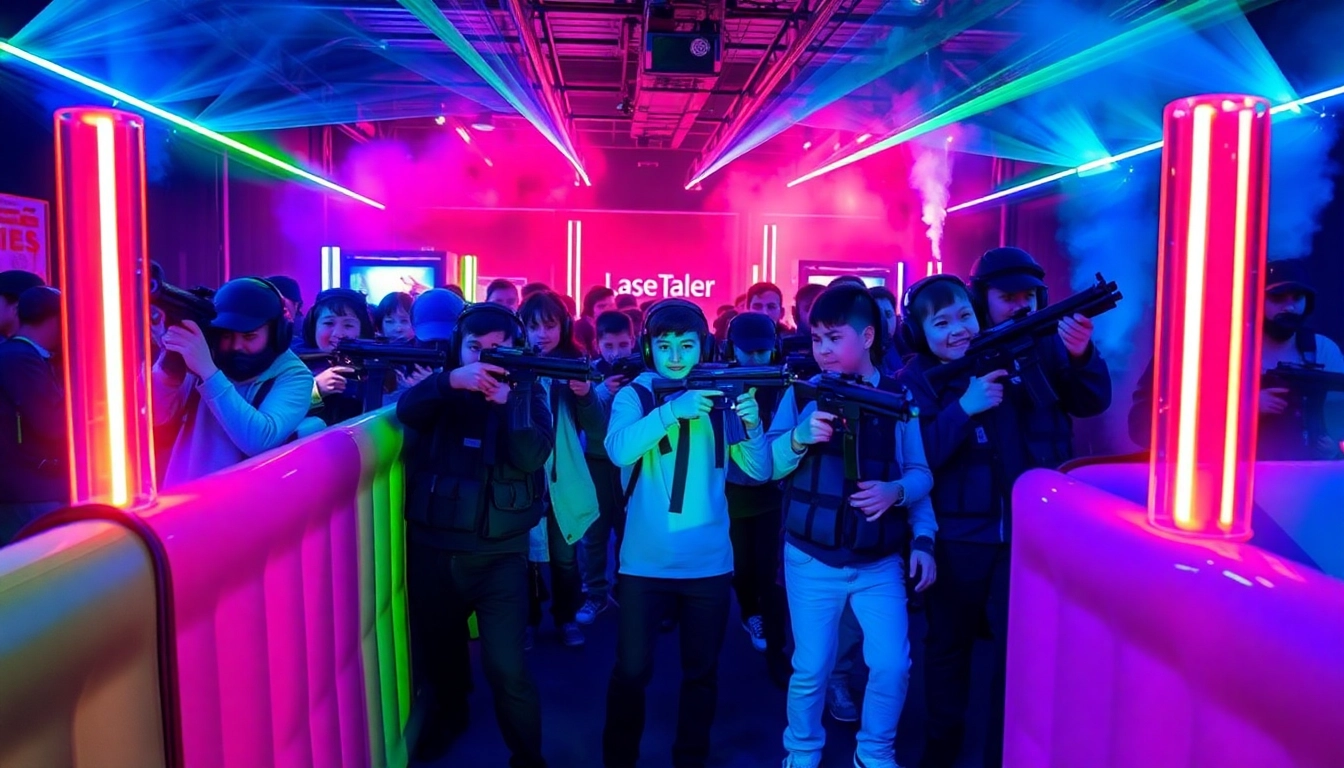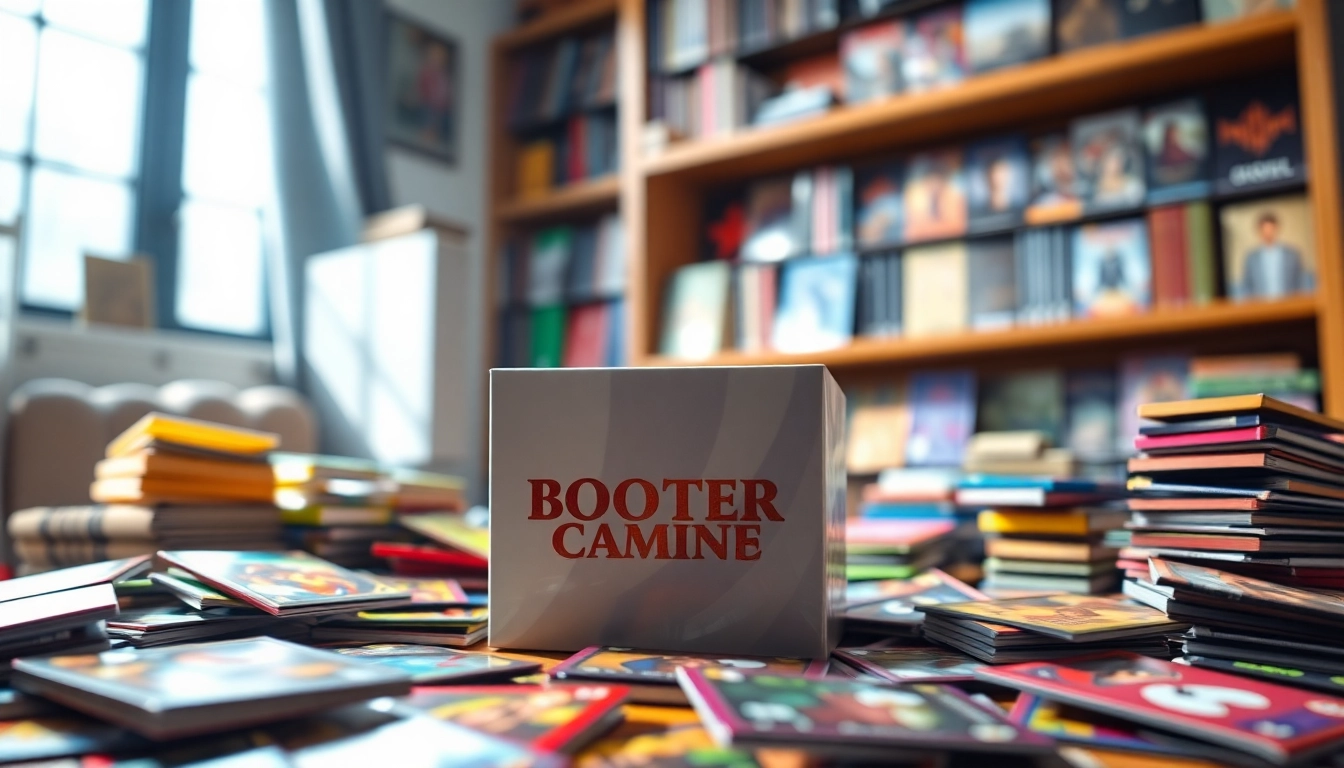Understanding Laser Tag: What It Is and How to Play
The Basics of Laser Tag
Laser tag is an exhilarating team-based game that simulates combat scenarios in a fun and controlled environment. Players don high-tech equipment, including laser guns and vests equipped with sensors, to simulate tagging opponents. The primary objective is to score points by tagging your rival players while avoiding being tagged yourself. This game combines elements of strategy, teamwork, and physical activity, making it a popular choice for players of all ages.
The game typically takes place in a specially designed arena that can feature various obstacles, themed environments, and lighting effects to enhance the experience. Laser tag can be played indoors or outdoors, with venues offering different setups that cater to varying levels of player skill and gameplay style. To engage in an exciting round of laser tag, players must adhere to specific rules that regulate gameplay, including safe zones, game timing, and scoring systems.
Essential Gear Required for Laser Tag
The gear used in laser tag is crucial for gameplay and player safety. The main equipment includes:
- Laser Guns: These are the primary tools for tagging opponents. They use infrared technology to detect hits on vests without causing any harm.
- Vests: Worn by players, these vests are equipped with sensors that register hits. Many venues offer adjustable vests to cater to different sizes, ensuring a comfortable fit for all players.
- Headgear: Some laser tag facilities provide headgear or helmets for an added layer of safety and realism, especially in competitive formats.
- Game Features: Some setups include additional features such as score displays, sound effects, and lighting effects that enrich the gaming experience.
With advances in technology, laser tag gear has become more sophisticated, integrating features like real-time scoring, voice alerts, and various game modes to create an immersive experience.
Types of Laser Tag Games and Formats
Laser tag can be played in various formats depending on the venue and players’ preferences. Here are some popular game types:
- Team-Based Games: Players divide into teams, competing to outscore the other. These games foster teamwork and strategic planning.
- Free-for-All: In this format, every player for themselves, and the objective is to achieve the highest score by tagging as many opponents as possible.
- Objective-Based Games: Players must accomplish specific tasks, like capturing the flag or holding designated zones while tagging opponents.
- Survival Modes: Players live or respawn at specific intervals, adding a level of urgency and excitement to the game.
Venues often create unique themes and scenarios to enhance the gameplay, such as futuristic settings, military missions, or fantasy worlds, attracting diverse groups from families to corporate teams.
The Benefits of Playing Laser Tag
Physical and Social Benefits of Laser Tag
Participating in laser tag offers numerous physical and social benefits. Physically, the game requires players to move, dodge, and strategize, ensuring an effective workout while having fun. For many, it serves as an excellent cardiovascular exercise that improves reflexes, agility, and overall fitness.
Socially, laser tag encourages teamwork, effective communication, and healthy competition. It fosters cooperation among players as they must work together to achieve common goals, enhancing social skills and building connections. This is particularly beneficial in settings like youth groups, schools, and corporate gatherings.
Laser Tag for Team Building and Events
Given its nature of promoting collaboration, laser tag is a fantastic tool for team-building events. Companies use laser tag to strengthen relationships among employees, encouraging camaraderie and trust in a non-work environment. As teams strategize and compete, they develop problem-solving skills and communication techniques.
Moreover, laser tag events are often tailored to include customized challenges, team-based objectives, and rewards, making them engaging and motivational for participants.
Emotional and Cognitive Advantages of Playing Laser Tag
Emotionally, laser tag can serve as an outlet for stress relief. Engaging in physical activity, even in a playful, competitive setting, releases endorphins that enhance mood and reduce anxiety. Players often express a sense of accomplishment upon successfully “tagging” opponents or achieving their team’s objectives.
Cognitively, the game encourages strategic thinking and planning. Players must constantly assess their surroundings, anticipate opponents’ movements, and adjust tactics on the fly, providing mental stimulation and enhancing decision-making skills.
Choosing the Right Laser Tag Venue
Factors to Consider When Selecting a Venue
When searching for a laser tag venue, several factors should be considered to ensure an optimal experience:
- Location: Choose a venue that is easily accessible for participants. Consider the availability of parking and public transportation options.
- Arena Size and Design: Assess whether the arena is large enough to accommodate the expected number of players. Look for innovative designs that provide diverse gameplay environments.
- Safety Measures: Investigate what safety protocols are implemented, especially in relation to equipment maintenance and staff training.
- Equipment Quality: Higher quality gear enhances gameplay; check if the venue uses modern, well-maintained equipment.
- Pricing and Packages: Review the pricing structure and available packages to ensure they align with your budget and event requirements.
Comparing Indoor vs. Outdoor Laser Tag Experiences
Both indoor and outdoor laser tag offer unique benefits and experiences. Indoor venues provide a controlled environment that can be heavily themed, often featuring obstacles, lighting effects, and a diverse range of challenges suitable for all weather conditions. They can also offer a shorter travel time, which may work better for casual players or families looking for a quick day out.
On the contrary, outdoor laser tag provides a more immersive experience, allowing players to engage with natural terrains, increasing the variety of game scenarios. If a group enjoys a more tactical and strategic game, outdoor venues often facilitate this by providing a larger area to navigate.
How to Evaluate Laser Tag Facilities
Evaluating laser tag facilities is essential for ensuring a quality experience. Here are some tips:
- Read Reviews: Check for customer reviews and testimonials that indicate the quality of experience, safety, and enjoyment.
- Visit the Facility: If possible, visit the venue beforehand to evaluate the layout, cleanliness, and operational aspects of the facility.
- Ask About Staff Training: Inquire about staff training to ensure they have the knowledge to handle equipment and guide players effectively.
- Experience Levels: Ensure that the facility caters to various experience levels from beginners to advanced players.
Planning a Laser Tag Event or Party
Tips for Organizing a Laser Tag Birthday Party
Planning a laser tag birthday party can be an exciting task. Consider the following tips:
- Reserve Early: Popular venues can get booked quickly, especially on weekends; make your reservations well in advance.
- Themed Decorations: Incorporate a theme for decorations that align with laser tag, such as space or military motifs, to enhance the party atmosphere.
- Party Packages: Look for venues that offer party packages which may include food, drinks, and birthday cake to simplify planning.
- Include Games Beyond Laser Tag: Add variety by including additional games or activities to keep guests entertained before and after the laser tag session.
Promotion and Marketing Ideas for Laser Tag Events
For individuals or businesses looking to promote laser tag events, utilize the following strategies:
- Social Media Campaigns: Leverage platforms like Facebook and Instagram to create engaging content and events, including highlighting deals and promotions.
- Collaborations: Partner with local schools, clubs, or charities to create events or fundraisers focused on laser tag, which builds community connections.
- Referral Discounts: Encourage existing customers to bring friends by offering discounts or free games if they refer new players.
- Email Marketing: Use targeted email campaigns to inform and remind potential customers about upcoming events, promotions, and special packages.
Creating a Memorable Experience for Guests
To ensure guests have a memorable experience during a laser tag event, focus on personalization and engagement:
- Personalized Group Challenges: Design unique challenges or objectives tailored to the group, which could include props or game scenarios that resonate with participants.
- Professional Photography: Consider hiring a photographer to capture the event, allowing guests to relive the fun through photos.
- Giveaways or Prizes: Offer prizes for notable achievements during the games, such as best team player or most tags, which adds excitement and motivation.
Common FAQs About Laser Tag
What Age Groups Enjoy Laser Tag?
Laser tag is designed for a wide age range. Typically, children as young as six can participate, though venues will often have age recommendations based on equipment sizes. Many facilities also offer specific sessions for younger players, ensuring a safe and enjoyable game environment.
Is Laser Tag Safe for All Participants?
Yes, laser tag is considered safe, provided that players adhere to the venue’s rules and guidelines. The equipment uses harmless infrared technology, similar to a TV remote, making it safe even when pointed at someone. Additionally, most venues promote safety strategies during play, including designated safe zones.
What Are the Costs Associated with Laser Tag?
The costs of participating in laser tag can vary widely depending on the venue and level of service. Generally, single-game prices can range from $7 to $12 per person, whereas multi-game packages or unlimited play passes may range from $20 to $35. Some venues also offer family or group discounts, making it an affordable activity for larger parties.



